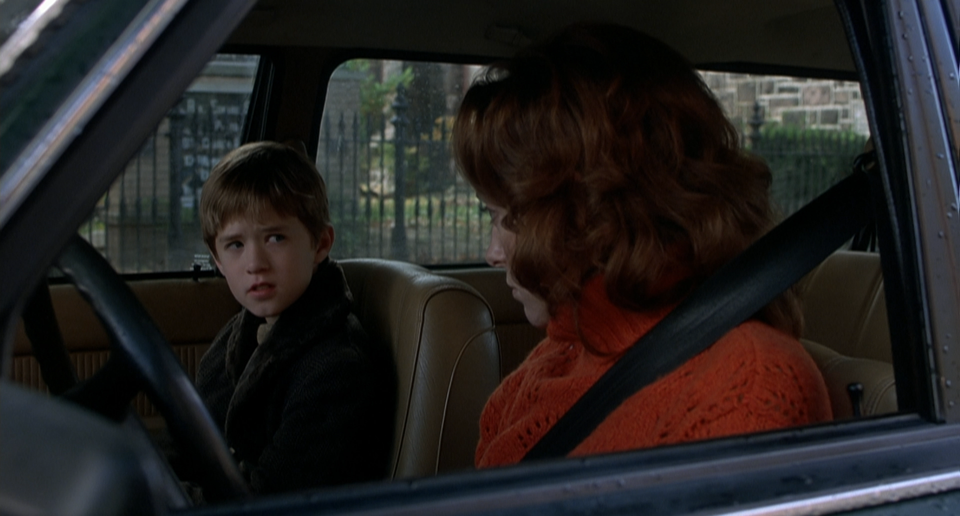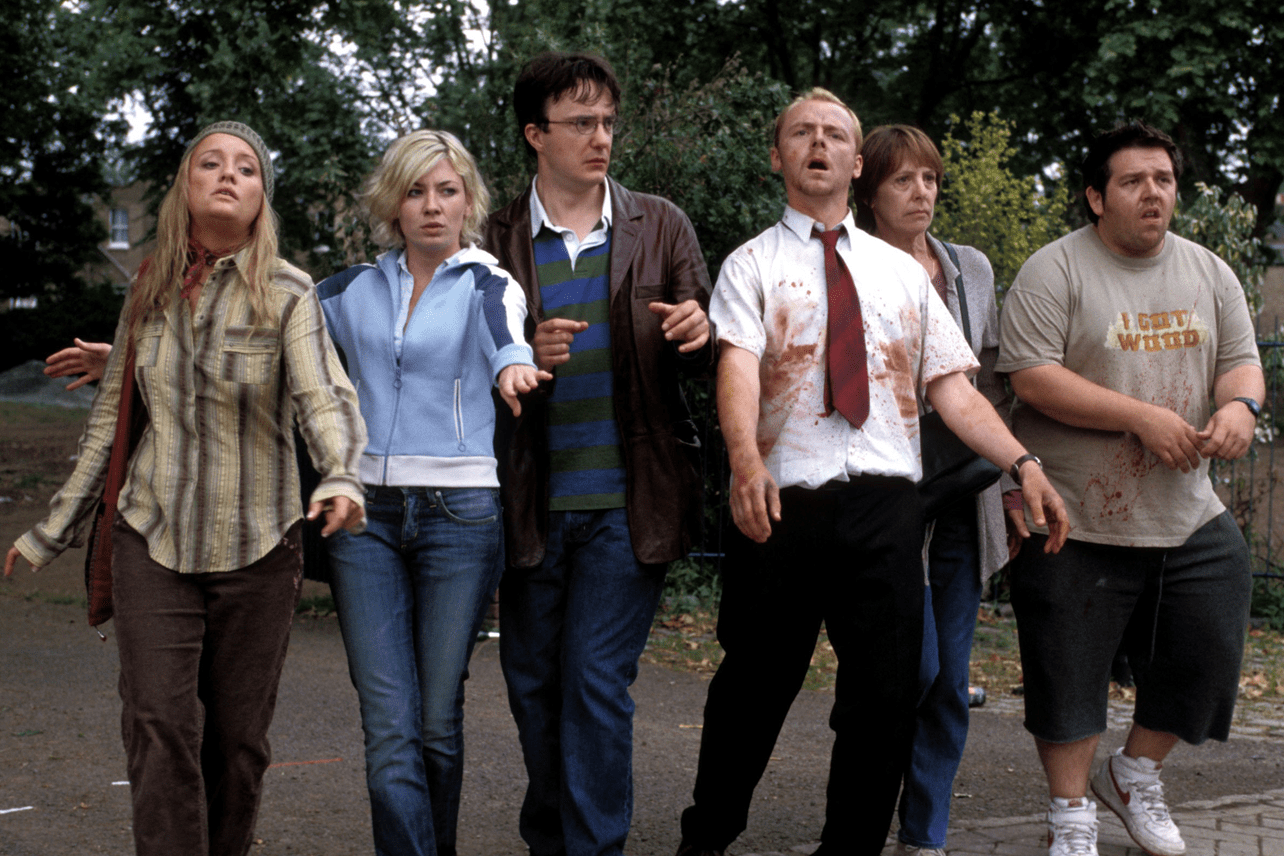It must work emotionally first.
If it works intellectually but doesn't work emotionally, it doesn't work at all.

The Story and Plot Weekly Email is published every Tuesday morning. Don't miss another one.
Whether it’s the first class I teach live or the first module in one of my courses, I will implore you to embrace two core values:
- The importance of story.
- The importance of emotion.
Emotion is our currency, our deal with the audience. They give us their money, and in return, we evoke emotion from them.
If we do it right, everybody’s happy, and they come back for more.
This is true for all entertainment, whether it’s the performing arts, literature, or even sports.
Our job is to evoke emotion.
We are often the ones getting in our own way.
A few weeks ago, I mentioned the second habit of highly effective people: Begin with the end in mind.
Well, the third habit is pretty darn good, too: Put first things first.
Or my favorite way to say it:
The main thing is to keep the main thing the main thing.
And the main thing is the emotion.
I have been teaching a long time, and I have countless discussions with students about what they meant with what they just wrote.
“What does this mean?” “What did you want from this? Why is this there?” That sort of thing.
There are usually two types of answers:
- An explanation much simpler and more effective than what was written (i.e., “She’s heartbroken,” or “He knows his mother did it”).
- A very complicated answer why the writing works, even though it doesn’t appear to.
In both cases, the writer is convinced that something is working because they can explain it away.
It is the reader’s fault for not figuring it out!
I will often joke, “Are you going to be there to explain this every time? Will an usher be at the theatre to explain this at every screening?”
Our currency is not ideas. It is emotion.
Even when we venture into the world of ideas, what is important is how those ideas make the audience feel.
Being able to explain it intellectually does nothing for us. Being able to defend the writing is not the point.
If it works intellectually but doesn’t work emotionally, it doesn’t work at all.
The emotional impact is the value and therefore the only way we should judge what we put on the page.
Get out of your own way.
It is natural to want to convince the reader we’re a good writer. Maybe even show off a little! I get it. I’ve done it, and I will occasionally still do it if I don’t stop myself.
But we are especially vulnerable to this early in our journey when we are still wrestling with genuine confidence.
We must remind ourselves that our writing only has value when it contributes, directly or indirectly, to the emotion.
Want to impress the reader? Make them feel something.
Take them out of the moment they’re in – reading a screenplay – and put them in another moment entirely: feeling the emotion of the story.
Do not overcomplicate it.
Do not overcomplicate sentences.
Do not overcomplicate scenes.
Do not overcomplicate the plot or the structure.
Layers of thought rarely add layers of emotion.
For some reason, structure is often where we like to show off. But most stories don’t want it, let alone need it.
Perhaps it is because when it works, they are so damn celebrated!
Structure can feel like a playground when you detach it from the story. But structure has no purpose once you do that.
I often think of the brilliant MEMENTO, which remains my favorite Nolan film. The reverse-structure IS the story of that movie. It’s a different tale without it.
But then there’s DUNKIRK, where Nolan plays with linear time again, yet with no clear emotional payoff to it.
We can certainly explain the three timelines, and there was a certain satisfaction of, “Oh, I get it!”
But, for me anyway, the story of those incredible men didn’t want or need that structure, and perhaps the film would have been better served by simply bearing witness to their deeds.
Clever is only as good as the emotion it evokes.
I watched the legacy sequel to I KNOW WHAT YOU DID LAST SUMMER this weekend.
→ MAJOR SPOILERS AHEAD ←
The killer is revealed to be Ray (Freddie Prinze Jr.), the male protagonist from the first two films. Smart, right? The trauma of the first two films turned him into a monster.
You will see a heel turn with supporting characters, but a protagonist?
So a totally unexpected twist with emotional depth, right? Brilliant!
Yet… not so fast!
None of that emotion was really explored!
His reveal of being the killer was treated as just another killer at the end of a slasher. Anger and rage, and clever quips. Even a lighthearted final scene!
They failed to fully understand that this is a character we liked, who we followed for two movies and who we were invested in. He was the good guy!
But his tragedy was treated no different than the random creepy janitor who turns out to be the killer.
This is no shade on the filmmakers here.
We never know how something comes about, and this movie’s end reeks of reshoots and studio interference. My name is on a couple of really lousy movies.
But I do want to talk about the results.
And the result was a really smart, clever ending.
That falls completely flat.
Why? Because it rested on being smart and clever.
It thought being surprising, smart, and clever was enough. But once they made that choice, they had to account for our emotional connection with that character.
What should have worked feels awkward and even disappointing.
→ END OF SPOILERS ←
If it works intellectually but doesn’t work emotionally, it doesn’t work at all.
This goes for every sentence you write.
You are not an objective observer.
This is not print journalism. “Just the facts” won’t cut it. Keeping a distance does not serve you.
You must direct on the page. Through the words you choose, you decide what we see and hear in order to influence what we feel.
Justify the choice with the emotion you want to evoke.
Just about everything in your screenwriting comes down to this:
- What do you want out of this moment?
- What do you write to evoke that for the reader?
Most writers do not make a strong choice about #1, so they can’t possibly succeed at #2.
And I am talking about pros and non-pros alike.
It’s the non-choices that make your job exponentially more difficult.
Do you want to add more plot?
As Cher says in MOONSTRUCK, “Get over it!”
(I am only slightly kidding!)
As with any addition, you must ask what you get out of it.
What emotion does it evoke, and how does that add to your story?
Only when you are satisfied with your answer do you add it.
Plot will not save you. No one really cares about plot. They think they do, but only because they lack the verbiage.
Because what they really value is the emotion that plot evokes. That is, how the plot makes them feel.
Often, the emotion is already there.
It wants to come out, and we just have to let it. As the old writing expression goes, we just need to “Hang a lantern on it.”
This is true for the big picture, like the ending of I KNOW WHAT YOU DID LAST SUMMER, and it’s true for a simple moment.
It’s not enough to imply the emotion is there. You must bring it out.
A member of Story and Plot wrote this:
Not bad! The writer makes a choice about this moment. That’s huge. That’s 90% of it.
But they only describe the moment, and we want the reader to feel the moment.
Intellectually, we understand that they are in a unique emotional state. They’re so deep in it, they don’t even move.
But emotionally, we want the audience to think and feel, “Holy cow! He hasn’t moved at all! For hours!”
- The “Hours later” is a really good start, but I would probably put that in italics to force the reader to sound out the emphasis: “LATER. Hours later.”
- And that emotion I want the reader to have? That “Holy cow!” emotion? If I am stuck, I’m going to force the reader to sound that out as well.
- Cause and effect is also important to me, so I may cheat a little and have the moment they shift.
It’s the smallest of changes, but the moment goes from the intellectual “I get it” to “Yikes.”
Now, there are a hundred different ways to do this.
You really just need that one extra sentence so we can’t miss the emotion. In this case, we also get the added benefit of implying a more lingering camera.
But honestly, this is all less important than the commitment to evoke the emotion and not just share information.
Remember, when it comes to the page, it’s not “Show, don’t tell.”
It’s “Show, then tell.”
It is true even down to one line.
This is a very simple opening image in a scene from another member.
Again, nothing wrong with this. It’s fine!
But what emotion are we looking for here?
The sudden impact of the soap dish, right? We want to feel the force and the violence. That’s why ‘SLAMS’ is in all caps.
Yet “half-full of cloudy water” dilutes it. It gets in the way. If we’re watching the movie, would that really be the thing we think in that moment?
Of course not.
If something is worth being in your screenplay, it’s likely worth its own sentence.
So take “the writing” out of it and just focus on the action; the emotion.
Again, you could write with the same impact a hundred different ways. It’s not so much how you write it as having an intention when you do.
Sure, you could argue all of that is implied in the writing of the original version. And you would be right.
It is implied.
We understand it.
But we don’t feel it. And emotion is what we deal in.
The process.
Whether it’s the story, the structure, the scene, or the action line, it is your job to know exactly what emotion you want to evoke.
Being able to explain why someone should feel something is not the same as them actually feeling it.
And no amount of argument will change it.
You must make choices. For every moment. Have an intention. Know the emotion you want.
It doesn’t have to be big emotion. It can be, “Damn, he’s tall.”
Or, “This is going to be trouble.”
It can be full-on empathy as you feel for someone’s heartbreak.
It can be deep; it can be incidental.
But make a choice.
The choice is the first step that matters before anything else. So many writers never really get here and few things slow a screenplay down like non-choices.
So making those choices is a big step.
But you’re not done.
You have to follow through.
Now, you need to commit to that choice and make us feel it.
The Story and Plot Weekly Email is published every Tuesday morning. Don't miss another one.
When you're ready, these are ways I can help you:
WORK WITH ME 1:1
1-on-1 Coaching | Screenplay Consultation
TAKE A COURSE
Mastering Structure | Idea To Outline




